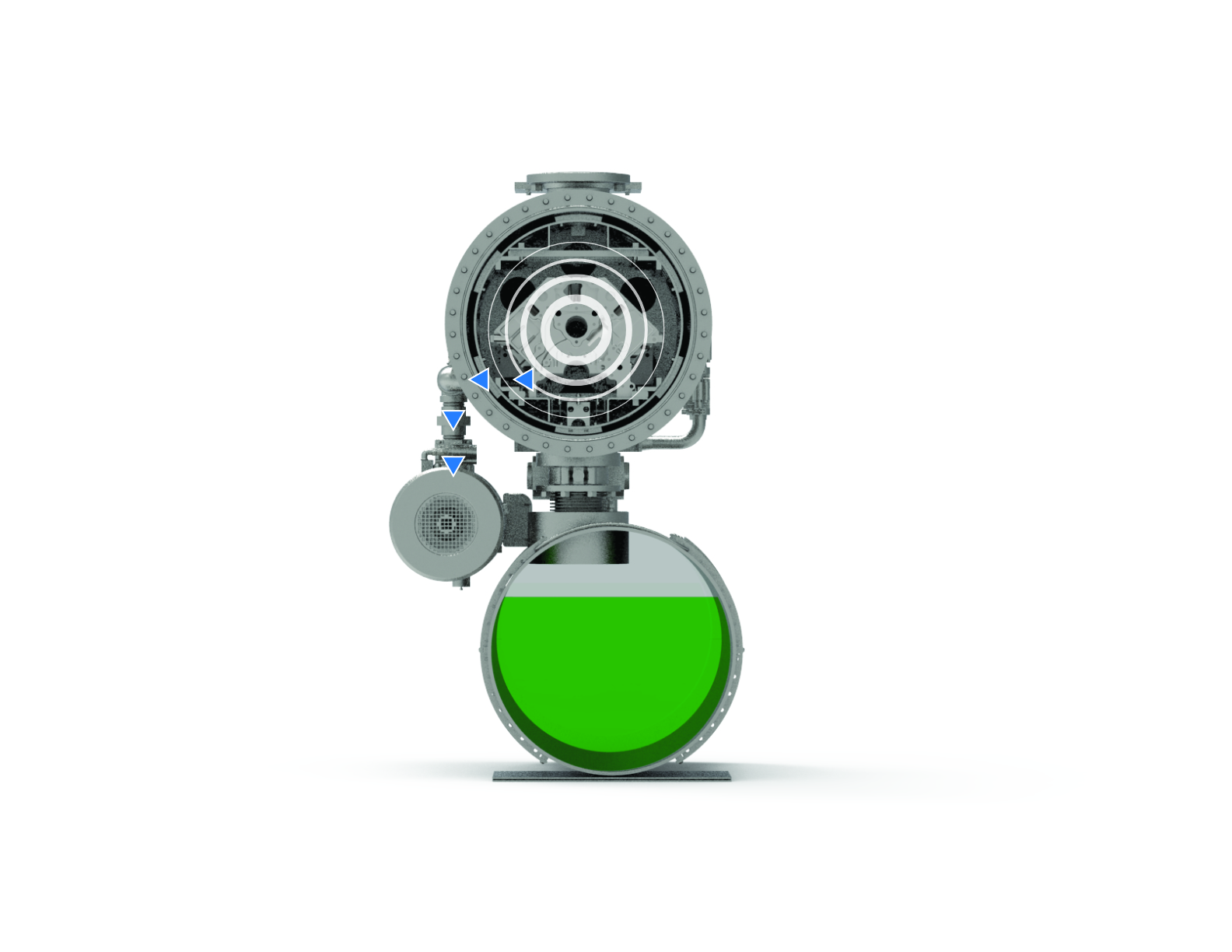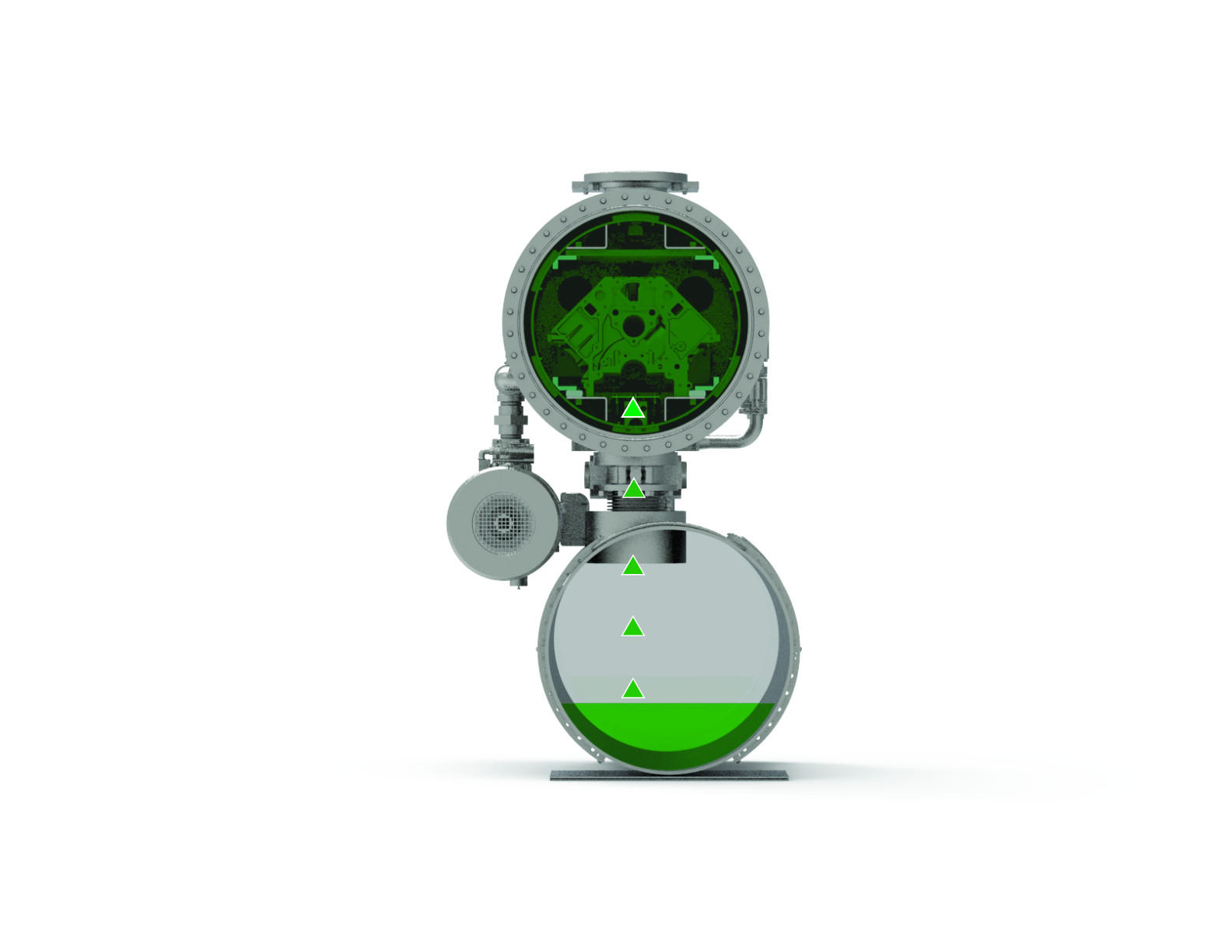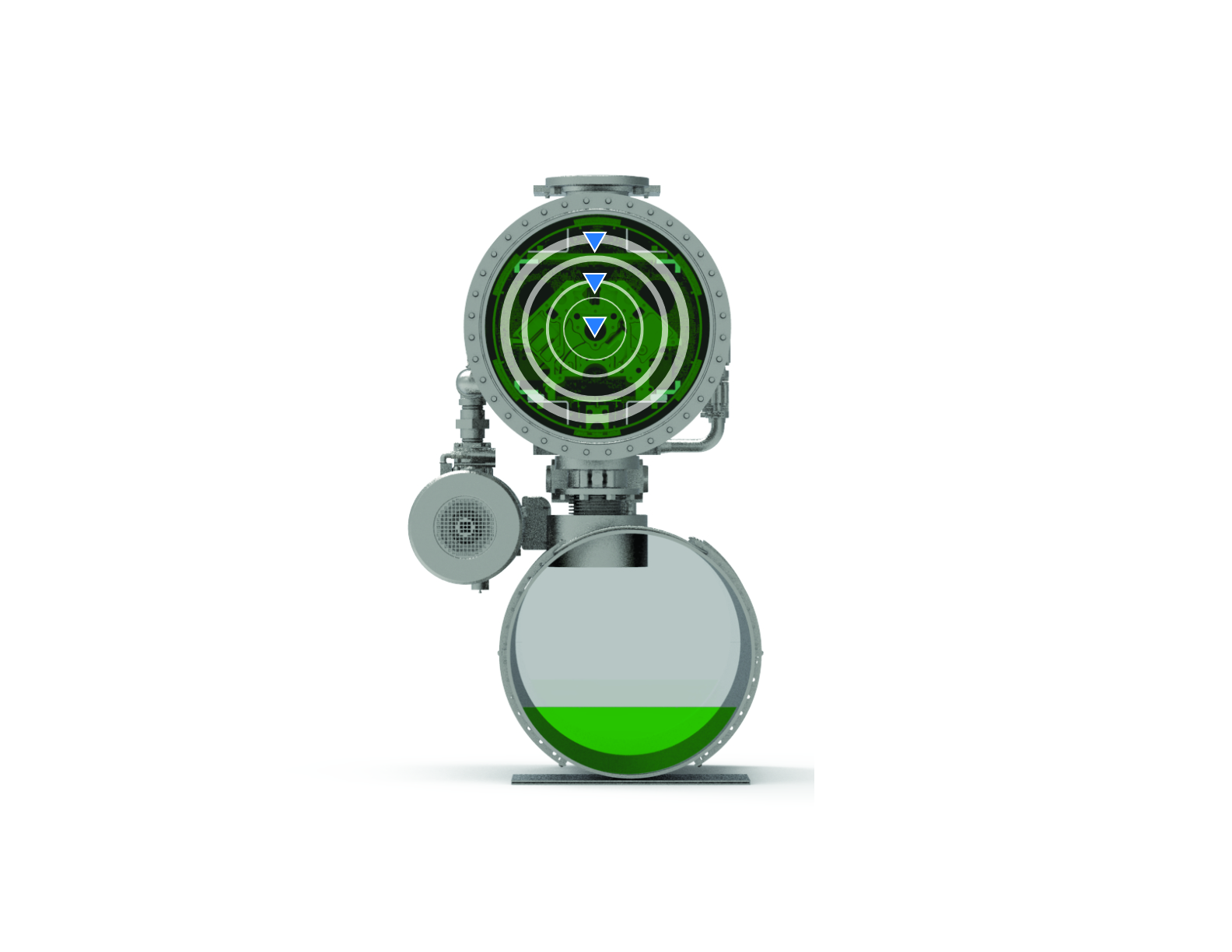To say that all vacuum impregnation processes are equal would be to say that every die casting process is the same. Nothing could be further from the truth. The vacuum impregnation process will have a direct impact on the sealing quality.
When sealing die casting microporosity with stringent leak test requirements, the two most common processes are Dry Vacuum (DV) and Dry Vacuum and Pressure (DVP). DVP differs from the DV process only in the application of overpressure. This overpressure provides the energy required to allow for the thorough penetration of the sealant throughout the casting.
Poiseuille Law
The effectiveness of the DVP process is rooted in the physics law of Poiseuille Law. Discovered in 1846 by French physicist Jean Leonard Marie Poiseuille, Poiseuille Law describes the flow of a liquid related to its viscosity, the applied pressure, and length and diameter of the hole. Concerning the impregnation process, an increase in pressure maximizes the flow of the liquid.
Dry Vacuum and Pressure Impregnation Process
The following example illustrates the DVP method impregnating an engine block.
Step 1
Parts are loaded into a dry impregnation chamber. The vacuum is applied until a predetermined setpoint is achieved. This vacuum setpoint has been specified in US military specifications to be no less than 29” of mercury (23.4 Torr or 31mbar). There is no liquid present in the vessel to impede air removal from the porosity. All parts see a uniform vacuum pressure that originates from the vacuum pump.

Step 2
The transfer valve opens when the vacuum endpoint is reached. The sealant (shown in green) is de-gased and pulled from the reservoir to the impregnation vessel while the vacuum is maintained.

Step 3
The vacuum is released, and overpressure is applied (typically between 70-90 PSI) from above. The pressure is held to allow the sealant to penetrate the porosity. The transfer valve is re-opened, and the sealant is transferred back to the storage reservoir. The parts are removed to be washed and cured.

Part Recovery
Comparing the two processes under the same process parameters, operational procedures, and casting quality, DV, on average, has a first time through (FTT) recovery of up to 90-95% of castings. The DVP process, on average, has an FTT recovery of 95-99% of castings. This difference represents a substantial saving in recovering castings, removing waste, and improving profitability.
Conclusion
Aluminum die casting manufacturers need sealed components that meet their pressure test specifications. Confirmed by science and testing data, the DVP impregnation process delivers the best sealing results.
